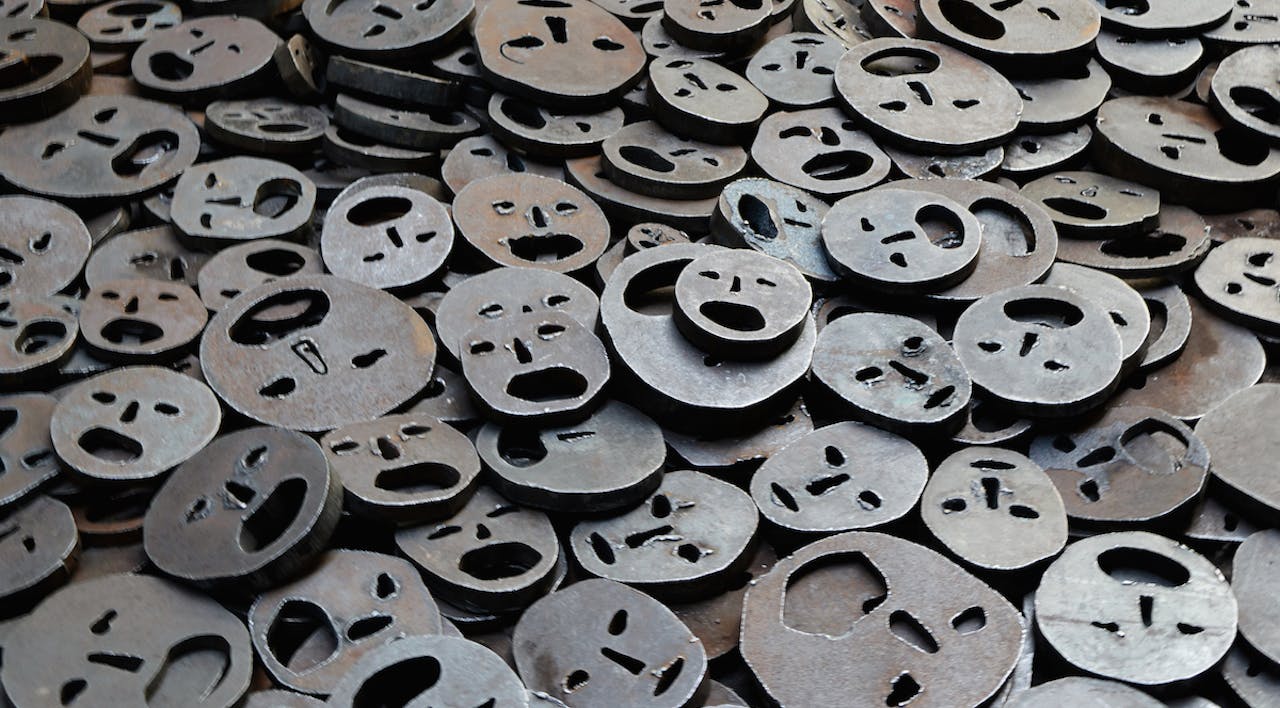
February 2016
The Problem with Jewish Museums
Ours is an era of museums celebrating the identity of nearly every group and ethnicity. But something else takes place when the identity in question is Jewish.
In more than a decade of writing about museums, first for the New York Times and now for the Wall Street Journal, I’ve reviewed history museums, science museums, political museums, and museums created by eccentric collectors. I’ve visited two museums devoted to neon signs and one to ventriloquists’ dummies, a creation-science museum and a science-fiction museum. I’ve seen human mutations preserved in glass jars and coffee beans sent to Confederate soldiers during the Civil War, a mummified cat and a fragment of Jeremy Bentham’s skin. But I haven’t seen anything quite so strange as the ways in which various Jewish communities in the United States, in Europe, and in Israel have come to depict themselves in museums.
From the Skirball Museum in Los Angeles and the National Museum of American Jewish History in Philadelphia to the Contemporary Jewish Museum in San Francisco and the Spertus Museum in Chicago, from the Jewish museums in London, Vienna, Berlin, Istanbul, and Israel to Holocaust museums in more cities than that, there are peculiarities in interpretation and advocacy that demand close examination. The objects on display at such institutions may range from a baseball signed by Sandy Koufax to the important Old Yiddish journal kept by a woman in 17th-century Germany, an excavated London mikveh from the 13th century (just before Jews were expelled from England), and fragments of parchment buried two millennia ago in Dead Sea caves. But all of these disparate instances disclose a surprisingly consistent self-image—one revealingly distinct from anything else in contemporary museum culture.
Before going farther, it is worth thinking briefly about origins. The great museums of the 18th and 19th centuries—the Kunsthistorisches Museum in Vienna (1891), the British Museum in London (1753), the Louvre in Paris (1792), the State Hermitage in St. Petersburg (1764), and many others—were encyclopedic in scope and ambition. Born, in part, of an imperial impulse, they aimed to demonstrate the geographical and intellectual range of great national powers by becoming repositories of some of the most precious objects on earth. Simultaneously, they were shaped by the Enlightenment conviction that both the natural and human worlds could be understood and even mastered by subjecting their diverse offerings to scientific analysis and discerning the universal laws at work in the midst of miscellany. The Enlightenment museum tried to answer great human questions: where did we come from? what is the significance of what we see? how have we come to be its overseer?
Responses to February ’s Essay
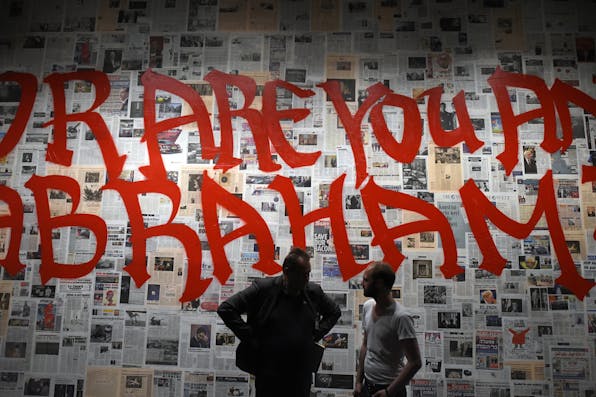
February 2016
Why Are There So Many Jewish Museums?
By Diana Muir Appelbaum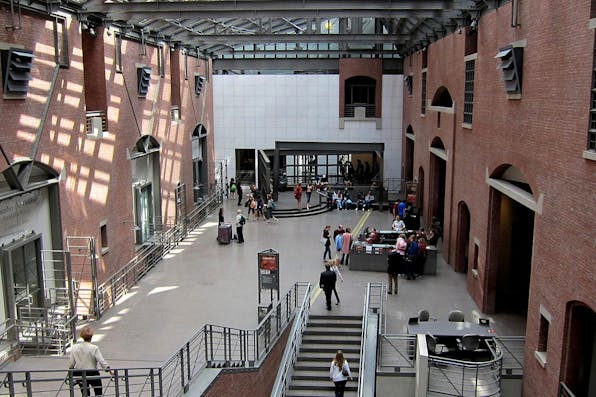
February 2016
Holocaust Museums and the Itch to Universalize
By Walter Reich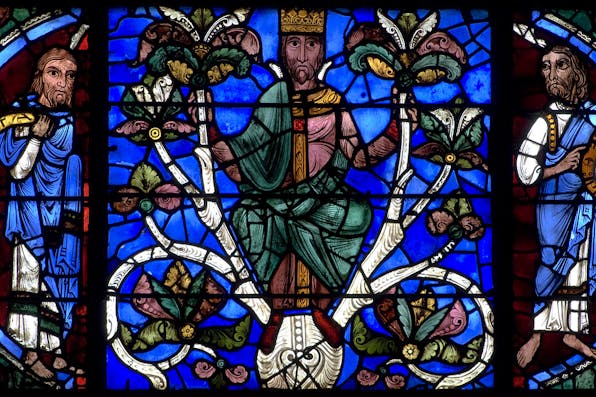
February 2016
What a 21st-Century Jewish Museum Should Look Like
By David Gelernter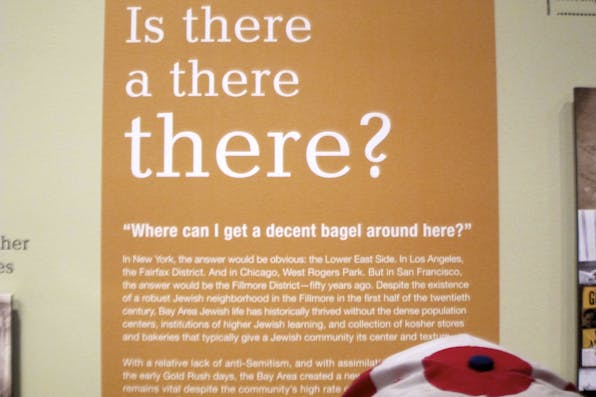
February 2016
How Jewish Museums Reflect the Condition of Mainstream Jews
By Edward Rothstein